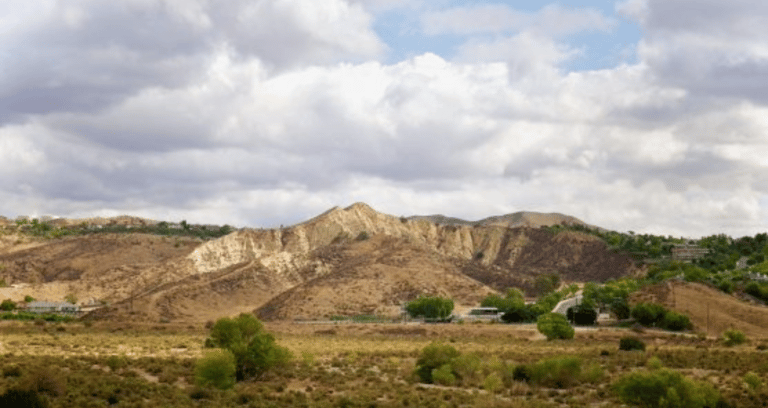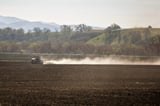Valley Fever Surge in California: Climate Change Drives Record Cases Amid Misdiagnosis Risks
August 15, 2025
Valley fever, caused by the soil-borne fungus Coccidioides, is increasingly prevalent in California's Central Valley and Central Coast, with cases rising sharply in 2025, partly due to climate change and drought cycles.
Most infections are mild or asymptomatic, but symptoms can mimic COVID-19 or the flu, including cough, fever, chest pain, and exhaustion, which can lead to misdiagnosis.
Severe cases may result in pneumonia, lifelong complications, or even death if not diagnosed and treated early, emphasizing the importance of prompt medical attention.
Diagnosis requires laboratory testing, and severe cases often necessitate hospitalization; early detection improves outcomes.
Higher risk groups include older adults, pregnant women, individuals with diabetes or weakened immune systems, and certain ethnic groups such as Black and Filipino populations, who are more vulnerable to severe disease.
While most recover naturally, vulnerable populations face greater risks of severe, chronic, or fatal outcomes.
Preventive measures are crucial and include staying indoors during windy, dusty conditions, keeping windows closed, moistening soil before digging, and wearing N95 masks outdoors in high-risk areas.
Health officials recommend these precautions to reduce exposure, especially during peak dust dispersal seasons.
Most infections occur after breathing in dust contaminated with fungal spores, particularly in late summer and fall, and the disease is not contagious between people or animals.
Recent outbreaks, such as at the 2024 Lightning in a Bottle music festival, highlight the risk of outdoor activities that disturb soil and disperse spores, leading to multiple cases.
California is experiencing a record-high number of valley fever cases in 2025, with over 5,500 reported in the first half of the year and nearly 12,500 cases in 2024, the highest on record.
The California Department of Public Health warns that the risk remains high, especially in regions like Santa Clarita Valley, due to patterns of drought and precipitation that influence fungal growth and dispersal.
Climate change and weather patterns, including drought and wet winters, are linked to the rise and spread of valley fever, with some areas like Monterey County seeing a dramatic increase in cases, from 47 in 2023 to 348 in 2025.
Summary based on 4 sources
Get a daily email with more US News stories
Sources

Los Angeles Times • Aug 15, 2025
California valley fever cases hit record highs again in 2025 - Los Angeles Times
KHTS Radio • Aug 15, 2025
Valley Fever Risks Remain High In Santa Clarita, CDPH Alerts
SCVNews.com • Aug 14, 2025
CDPH Alerts Valley Fever Risks Remain High